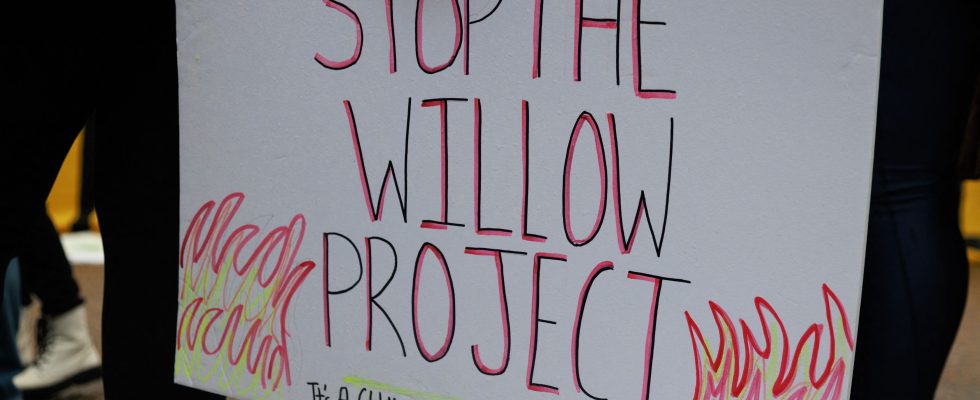The decision is seen as a betrayal by environmental associations. On Monday March 13, the administration of Joe Biden approved a giant oil project in the Alaskan steppe. Named “Willow” and piloted by the American giant ConocoPhillips, the project will be located to the west on land belonging to the American State, in an area called the “national petroleum reserve”. It will be “one of the largest oil and gas operations on public federal lands in the country,” points out the environmental organization Sierra Club.
The Democratic president, however, claimed to want to make the fight against global warming one of his major struggles. On the specific issue of oil drilling, he began his term with the cancellation of permits authorized by Donald Trump in the protected area east of Alaska, the “Arctic National Wildlife Refuge”. He had also promised, when he came to power, not to authorize new oil and gas drilling on federal lands, and had reiterated the country’s commitment, made during the Paris Agreement, to reduce by 50 to 52% by 2030 compared to 2005 US greenhouse gas emissions.
When two political commitments collide
The disillusionment began a few months after Joe Biden was elected, as early as May 2021, when his administration created a stir by beginning to defend the license granted to ConocoPhillips by Donald Trump in 2020. A few days before, Republican senators from Alaska Dan Sullivan and Linda Murkowski, in favor of the project, went to plead their case in Joe Biden’s Oval Office. A meeting that seems to have been enough to convince the Democratic president.
While Joe Biden had made employment – in particular that of minorities – one of the other major commitments of his mandate, the Willow drilling, the first major project in Alaska in years, has arguments in this direction. According to the company, it will create 2,500 construction jobs and about 300 long-term jobs, and the operation will be built with “materials mainly manufactured and coming from the United States”.
Without counting the other economic arguments: the drilling should allow the production of 576 million barrels of oil over approximately 30 years, and bring in nearly 1.2 billion dollars. Alaskan elected officials in the US Congress welcomed the news on Monday. “You can almost literally feel Alaska’s future brighten,” Republican Senator Lisa Murkowski said in a statement. “We are now on the verge of creating thousands of new jobs, and generating billions of dollars in new income,” she added.
The equivalent of 64 coal-fired power stations
Despite this approval, the ministry in charge of federal lands in the United States is trying to minimize the consequences of the project: it has been reduced to three drilling zones against the five initially requested by the company, he argues.
But even after this reduction in area, the Willow project alone will result in the indirect emission of 239 million tonnes of CO2. This represents the equivalent of emissions from 64 coal-fired power plants for a year, according to a calculation tool from the US Environmental Protection Agency (EPA) used by AFP. To give an order of magnitude: the United States released in 2020 the equivalent of 5.9 billion tons of CO2, according to the EPA. “The carbon pollution that it will release into the air will have devastating effects on our people, wildlife, and the climate. We will suffer the consequences for decades to come”, denounces Sierra Club again.
The US government, which is not to a contradiction, has also announced that it is working on additional protections for a large area of the national petroleum reserve, and wants to permanently ban drilling over a large area of the Arctic Ocean. , bordering this reserve. In a statement, the president of the organization Earthjustice, Abigail Dillen, pointed to a stark contradiction: “We know that President Biden understands the existential threat of the climate, but he approves a project that derails his own climate commitments.”
